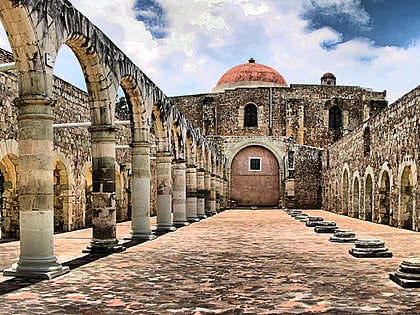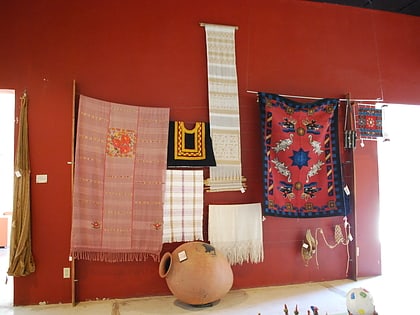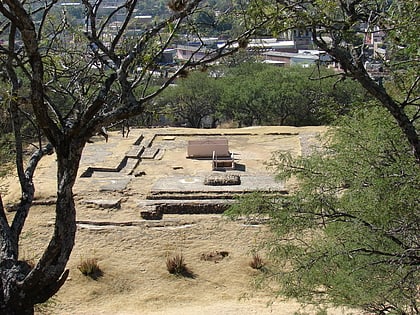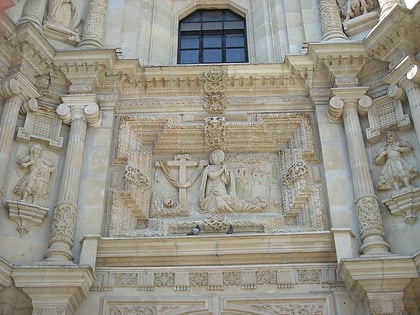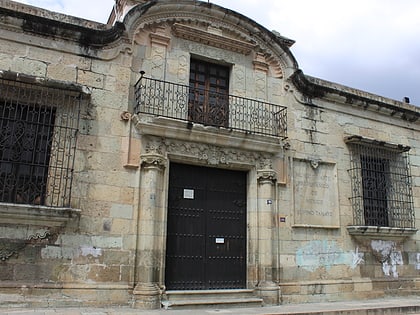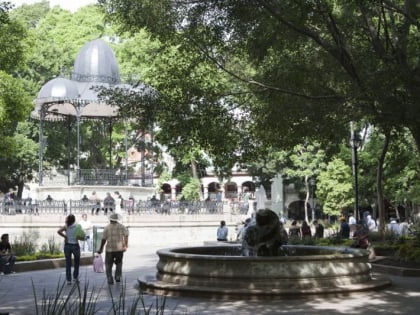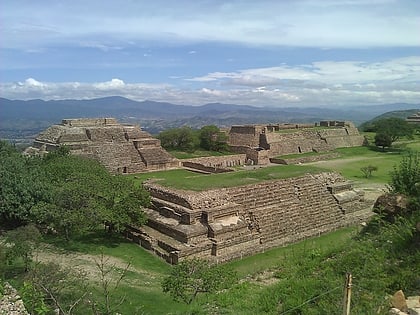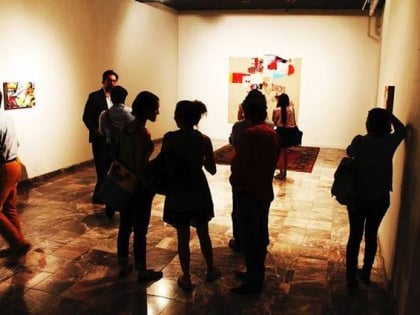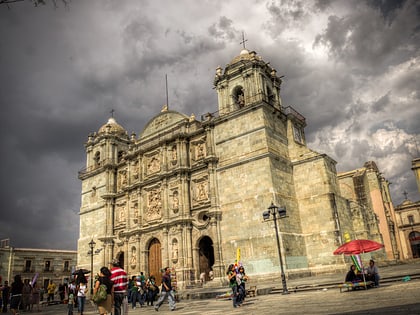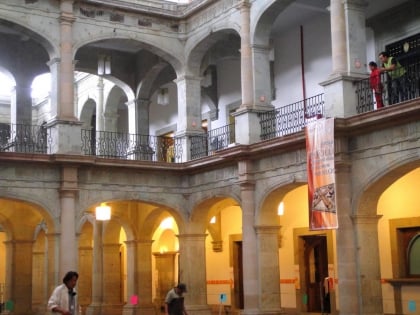Monastery of Santiago Apóstol, Oaxaca

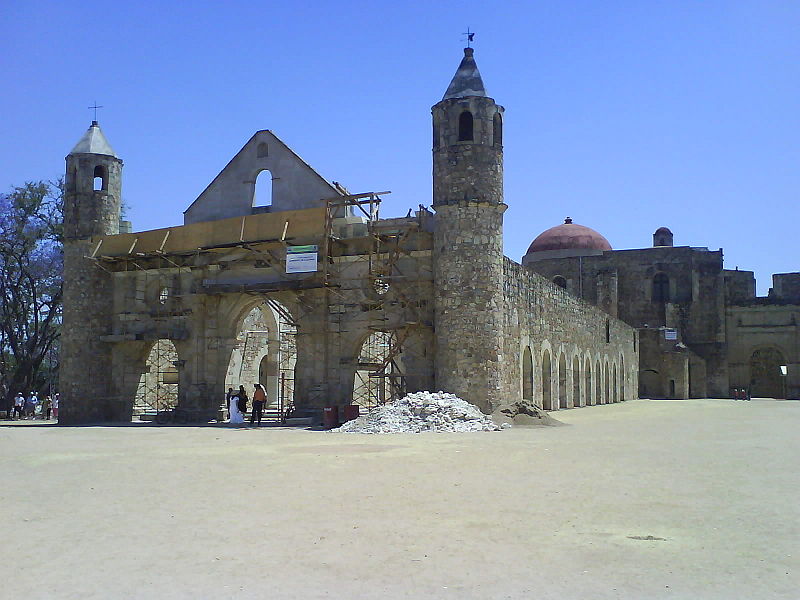
Facts and practical information
Nestled in the heart of Oaxaca, Mexico, the Monastery of Santiago Apóstol is not only a testament to the region's rich history but also a cultural hub that now serves as a museum. This historic site, once a bustling center for religious education and activity, has been transformed into a sanctuary for art and history enthusiasts.
The Monastery, which dates back to the 16th century, was founded by Dominican friars and is dedicated to St. James the Apostle, the patron saint of Spain, reflecting the strong influence of Spanish colonization. The architecture of the monastery is a blend of colonial Spanish and indigenous Oaxacan styles, with intricate frescoes and carved stonework that tell the story of the region's past.
As a museum, the Monastery of Santiago Apóstol houses a collection of religious art and artifacts that offer insight into the spiritual life of the area throughout the centuries. Visitors can explore a variety of exhibits that showcase liturgical objects, manuscripts, and artworks, many of which have been meticulously restored to preserve their original splendor.
The monastery's cloisters, with their serene garden courtyards, provide a peaceful retreat from the bustling streets of Oaxaca. The museum also hosts temporary exhibitions and cultural events, making it a dynamic space that celebrates both the history and the living traditions of Oaxaca.
Monastery of Santiago Apóstol – popular in the area (distance from the attraction)
Nearby attractions include: Museo Estatal de Arte Popular de Oaxaca, Zaachila, Basilica of Nuestra Señora de Soledad, Museo Rufino Tamayo.
